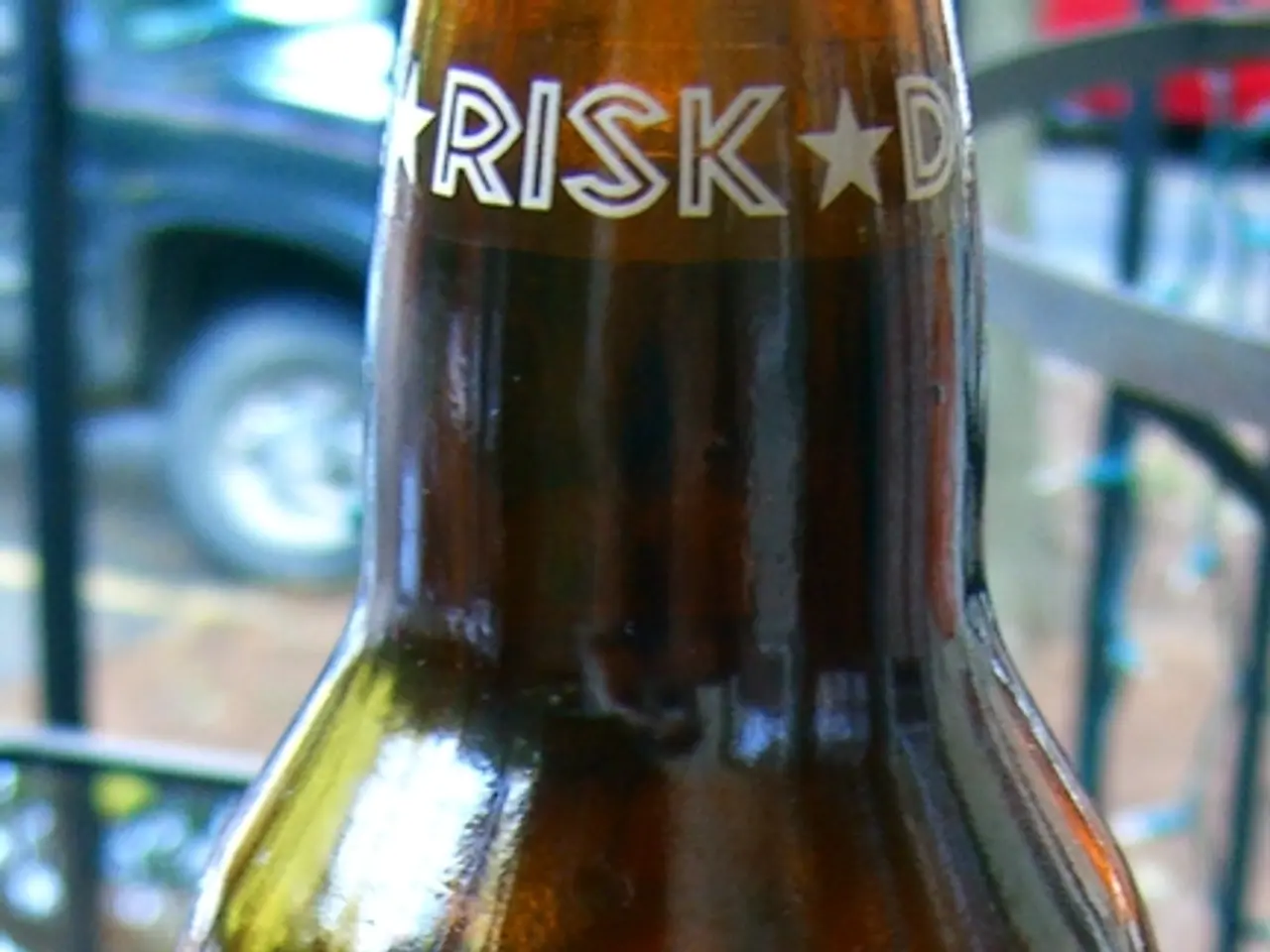Cellulite Explanation: Causes, Remedies, and Preventive Measures
In the quest to combat cellulite, a common concern for many, scientific research has identified several non-surgical, energy-based therapies as the most promising approaches. These treatments stimulate collagen production, tighten skin, and improve skin texture, thereby reducing the appearance of cellulite.
One such method is Radiofrequency Therapy, which uses energy to heat the skin layers, stimulating collagen production and promoting skin tightening. This treatment offers noticeable improvements with quick sessions and a low risk of complications.
Laser Treatments are another effective option. These therapies target underlying skin and fat structures, enhancing skin texture and firmness, and supporting skin health. Various laser technologies have shown efficacy in cellulite reduction by improving collagen and tissue structure.
Ultrasound Cavitation, a deep-acting ultrasound, can disrupt fat cells under the skin, helping to smooth out cellulite. This method is effective when combined with radiofrequency for skin tightening.
Injectable Procedures, such as enzymes or biostimulatory agents, can improve skin smoothness and reduce dimpling, though these are usually adjunctive treatments.
Mechanical massage techniques, including Endermologie and lymphatic drainage massage, may temporarily improve circulation and reduce fluid retention, thus lessening the visible appearance of cellulite. However, these effects tend to be short-lived and require ongoing treatment to maintain.
A clinical study on French maritime pine bark extract showed some reduction in cellulite severity and upper thigh circumference, with results comparable to some FDA-approved device treatments. Although promising, these results were modest, and more research is needed to confirm long-term benefits.
Other treatments, such as acoustic wave therapy, dry brushing, and microneedling, have mixed or limited evidence for effectiveness and are often regarded as less reliable or "hit and miss."
No treatment offers a permanent or guaranteed solution, and individual responses vary widely. Combining professional treatments with a healthy lifestyle and realistic expectations tends to yield the best results.
In conclusion, radiofrequency therapy combined with laser or ultrasound treatments currently represents the most scientifically supported and effective approach to reducing cellulite appearance, supplemented by lifestyle choices and possibly certain supplements under professional guidance. It's essential to approach any promise to get rid of cellulite with caution.
Cellulite, also known as orange-peel skin, cottage-cheese skin, hail damage, and the mattress phenomenon, affects people of various body types, including those who are slim and fit. The exact cause of cellulite is unknown, but it appears to result from an interaction between the connective tissue in the dermatological layer and the layer of fat just below it.
A diet low in fat, smoking cessation, and an active lifestyle may help reduce the incidence of cellulite. Eating a healthful, balanced diet and exercising may help reduce the appearance of cellulite. Reducing fat intake may help reduce the appearance of cellulite by having less fat to push through the tissues.
Cellulite can affect both men and women, but it is more common in females. Certain genes are required for cellulite development, and genetic factors can affect the chance of cellulite developing. Hormones, such as estrogen, insulin, noradrenaline, thyroid hormones, and prolactin, may play an important role in cellulite development.
The American Academy of Dermatology (AAD) has reviewed several techniques for reducing the appearance of cellulite, and they do not recommend cryolipolysis or mesotherapy. Approach any promise to get rid of cellulite with caution.
References:
1. [www.aad.org/public/diseases/a-z/cellulite-treatment](http://www.aad.org/public/diseases/a-z/cellulite-treatment) 2. [www.ncbi.nlm.nih.gov/pmc/articles/PMC3665077/](http://www.ncbi.nlm.nih.gov/pmc/articles/PMC3665077/) 3. [www.ncbi.nlm.nih.gov/pmc/articles/PMC2936674/](http://www.ncbi.nlm.nih.gov/pmc/articles/PMC2936674/) 4. [www.ncbi.nlm.nih.gov/pmc/articles/PMC4003618/](http://www.ncbi.nlm.nih.gov/pmc/articles/PMC4003618/)
- Dermatology-based therapies, such as Radiofrequency Therapy, Laser Treatments, and Ultrasound Cavitation, are popular treatment options for reducing cellulite due to their ability to stimulate collagen production and improve skin texture.
- In addition, otherskin disorders, such as acoustic wave therapy, microneedling, and dry brushing, show mixed or limited evidence for effectiveness, and their reliability is often questioned.
- It's crucial to address not just cellulite but overall skin health and womens-health in a holistic approach, which includes a healthy lifestyle and skin-care routine, as well as therapies-and-treatments approved by health-and-wellness organizations like the American Academy of Dermatology (AAD).
- It's important to note that cellulite affects various body types, regardless of physical fitness, and may be influenced by factors such as genetics, hormones, and a specific diet.




